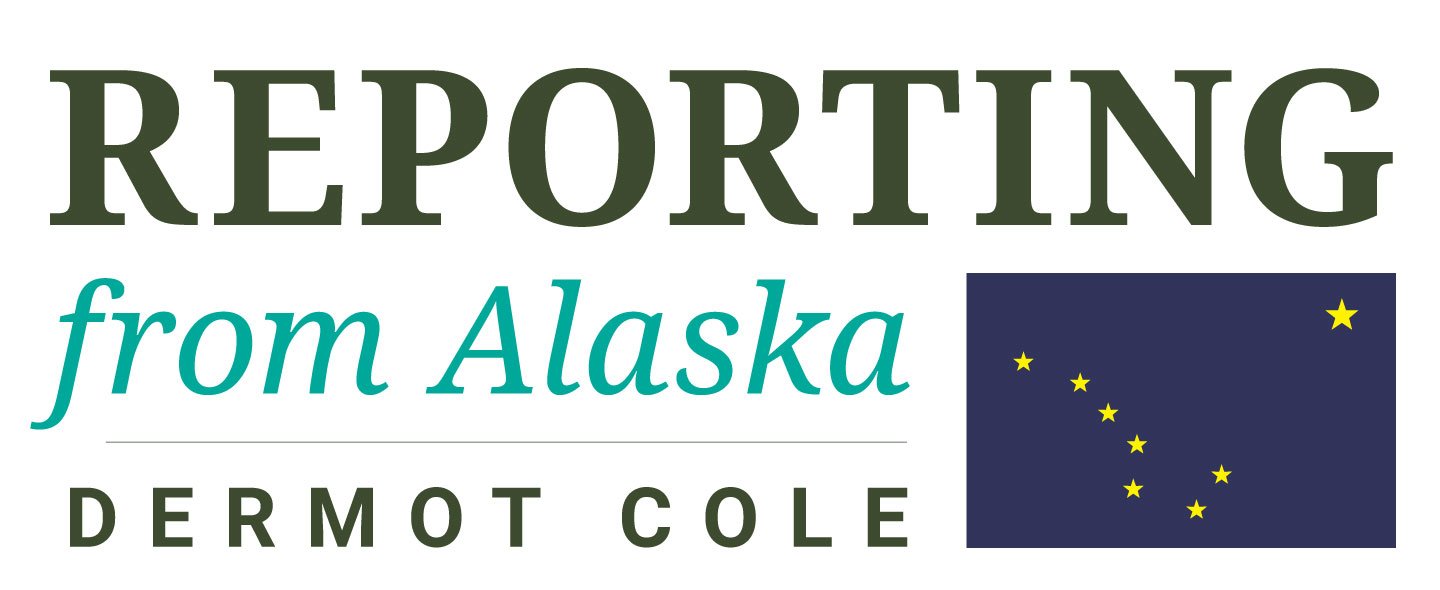Trump administration sets minimum ANWR bids at bargain basement price
The Trump administration set the minimum bids for an oil lease sale in the Arctic National Wildlife Refuge at $25 an acre, which is more than $2,600-an-acre below the wildly inflated estimates used by the Congressional Budget Office to estimate future ANWR lease revenues.
The 2017 Republican tax bill included language opening ANWR for lease sales, based on the assumption that the state and federal government would each collect about $1 billion in lease bids by 2028.
The Trump administration moved Monday to make the entire 1.5-million-acre coastal plain available for lease, hoping to open the bids Jan. 6 and seal the fate of the Arctic refuge before Biden takes office. Trump has made the lease sale more legally, politically and financially vulnerable by cutting corners and creating openings for additional court challenges that are sure to come.
Alaska would collect 90 percent of the lease revenues under an older federal law, but the Alaska Congressional delegation abandoned the so-called 90/10 split because ANWR leasing would never make it through Congress under those terms. The Alaska delegation settled on a 50/50 split many years ago.
“When the measure passed in December 2017, the CBO estimated that the two lease sales would generate $1.82 billion in bonus bid revenue, of which federal taxpayers would receive $910 million. That total was significantly less than the CBO had estimated in previous years, and nearly $200 million less than what CBO estimated a month earlier, when the proposal first passed the Senate Energy and Natural Resources Committee. Yet initial analysis of the CBO’s score demonstrated that the revenue projections were grossly overstated,” Taxpayers for Common Sense said.
“Drilling in ANWR to raise revenue now was always a façade, and rushing the process, during a pandemic with an oil production glut will only increase the risk to taxpayers,” the group said.
Taxpayers for Common Sense said “most revenue is anticipated if DOI offers 1.56 million acres for sale, oil and gas companies bid on 50 percent—the total portion of parcels adjacent to the Coastal Plain they’ve historically bid on; and they bid an average of $53.21/acre—the average received for all onshore North Slope sales over the last five years. In that scenario, federal taxpayers would receive a mere $20.8 million. This would amount to a loss of $879 million for taxpayers.”
“In the more likely scenario, in which the portion of parcels receiving a bid and the average amount bid per acre mirror previous bidding for leases adjacent to the Coastal Plain, taxpayers would receive just $5.6-$8.4 million, depending on the leasing alternative chosen by DOI. This would amount to less than one percent of what CBO projected.”
The exaggerated claims about ANWR lease revenues made in 2017 are even more laughable now, given the combination of low oil prices, the election of Joe Biden as president, a flood of lawsuits, regulatory delays, the public relations nightmare that will haunt any major oil companies that make bets on ANWR, climate change, the shift to renewables and the decision by banks to not loan money on Arctic oil projects.
Those factors and others—including the bungling of the entire lease process by the Trump administration—more point to a low turnout of bidders on ANWR and low bids.
Taxpayers for Common Sense is right that the Trump ANWR plan, cheered by the usual suspects in Alaska as the fulfillment of a decades-old dream, is “blatantly irresponsible and fiscally reckless.”
Your contributions help support independent analysis and political commentary by Alaska reporter and author Dermot Cole. Thank you for reading and for your support. Either click here to use PayPal or send checks to: Dermot Cole, Box 10673, Fairbanks, AK 99710-0673.
